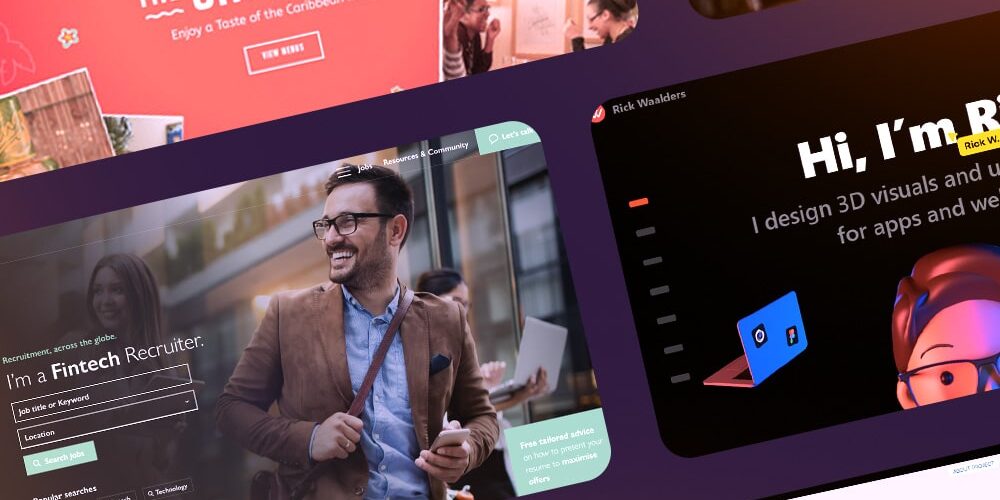Creating an eLearning course can be a time-consuming, labour-intensive and often frustrating process. Wouldn’t it be great if there was something out there that could do most of the work for you?
Thankfully, there’s a growing market in software tools for eLearning and cloud-based resources dedicated to making the design and construction of eLearning materials rapid and stress-free.
Rapid, in What Sense?
An industry report authored by Bersin and Associates in 2004 coined the term “rapid eLearning“, which has since been interpreted in various ways. Some see it as referring to the software applications and processes used to create educational materials and eLearning courses. Others view rapid eLearning as education delivered in fast and brief modules, using electronic media.
Rapid eLearning Characteristics
There’s no hard and fast definition, but rapid eLearning may be typically characterised by course material which can be developed in three weeks or less, with its primary input from Subject Matter Experts or SMEs.
Course modules should be of a maximum duration of one hour, with feedback, assessment and tracking made possible by the use of simple tools, which require little or no programming knowledge.
Benefits of the Rapid Approach
Rapid eLearning allows organisations to produce training materials without the development costs associated with hiring multitudes of experts, graphic designers, and programmers. Courses can be custom-tailored to the needs of an enterprise, which also has a great measure of control over updates and maintenance of the course content.
And then there’s that rapid aspect. Courses can typically be constructed within weeks, not months. And with the right tools, an eLearning course could even be put together by a single person.
Some Disadvantages
Sadly, speed and ease of use don’t necessarily translate into engaging content. Turgid, text-heavy PowerPoint presentations shoved into a blender (rapid authoring tool) with little thought as to how it will appear to the learner at the end of the day will rightly lead to a turgid, text-heavy eLearning course.
The approach has to be used in the context of your overall educational strategy, the course materials you already have and wish to translate, and the capabilities of the tools you’re using.
Issues With Flash
In the past, eLearning course creators used Adobe’s Flash technology to create more immersive multimedia content. With the move today towards consumption of material through mobile devices like tablets and smartphones, this presents a problem, since many devices don’t support Flash.
The result has been a shift to using the HTML5 programming language, which is widely supported by many Web browsers and software platforms. HTML5 allows data to be managed and stored offline (i.e. when not connected to the Internet) and on mobile devices it consumes less battery power and CPU cycles than the corresponding Flash content. Its wide compatibility makes HTML5 the medium of choice for eLearning you can carry with you.
That said, users of the older versions of popular Web browsers may experience difficulties, as these may not support HTML5. In addition, the protocol requires special tags or links in order to render video and audio content correctly.
Choosing Your Tools
The tools you choose for rapid authoring will depend on how much money you have to spend, the time-frame in which you have to work, the skills and existing content available to you, and the range of devices for which your eLearning content needs to be deployed.
Unless you have a ready-made stock of PowerPoint style content that lends itself to direct conversion using the simplest of tools, you’ll probably need specialist software to create your material from scratch.
The package you choose should have a user-friendly graphical interface which presents its tools and features in a straightforward manner enabling you to create rich content without having to do any programming.
It should offer a range of customisation options, allowing things like video and audio playback, pop-up windows, navigation, feedback on questions, and the display or concealment of images and objects, in response to a learner’s actions.
The software should also include a range of variables, which allow you as the course designer to capture feedback and actions from learners, to be analysed or used at a later time. By mixing and matching learners’ actions with variables, it’s possible to generate learning scenarios more like real life, with random events and decisions requiring several stages of thought.
And no software package worth its salt should ship without a clear and comprehensive Help system, and access to online resources like tutorials and videos.
A Selection of the Best:
Adobe Captivate is a fully-fledged eLearning content creation platform optimised for HTML5. Output may be created from scratch, and ported to a full range of digital devices.
Adapt Learning is an open source platform which uses HTML and JavaScript to create responsive eLearning content.
Easy LMS from Quizworks is a free package for creating online courses with multiple types of questions, video, images, practice exercises and quizzes.
Grovo from Grovo Learning is a cloud-based enterprise package for creating workplace training programs. It includes a library of 5,000 video clips giving one-minute tutorials on professional skills, digital applications, and Internet tools.
Lectura Inspire is one of the biggest names in this field, and was the first eLearning content creator to support HTML5.
These are just the tip of a very large iceberg. There are several online resources which have listings, reviews, pricing and specifications of the latest authoring tools.
Remember: You can always use a combination of tools, if your needs aren’t totally met by a specific one – especially as several of the tools on offer are free.
THE word in professional, persuasive, digital writing. Specialists in writing, tweeting and social sharing for businesses across the globe.
Get more leads, make more sales, grow your brand faster.





